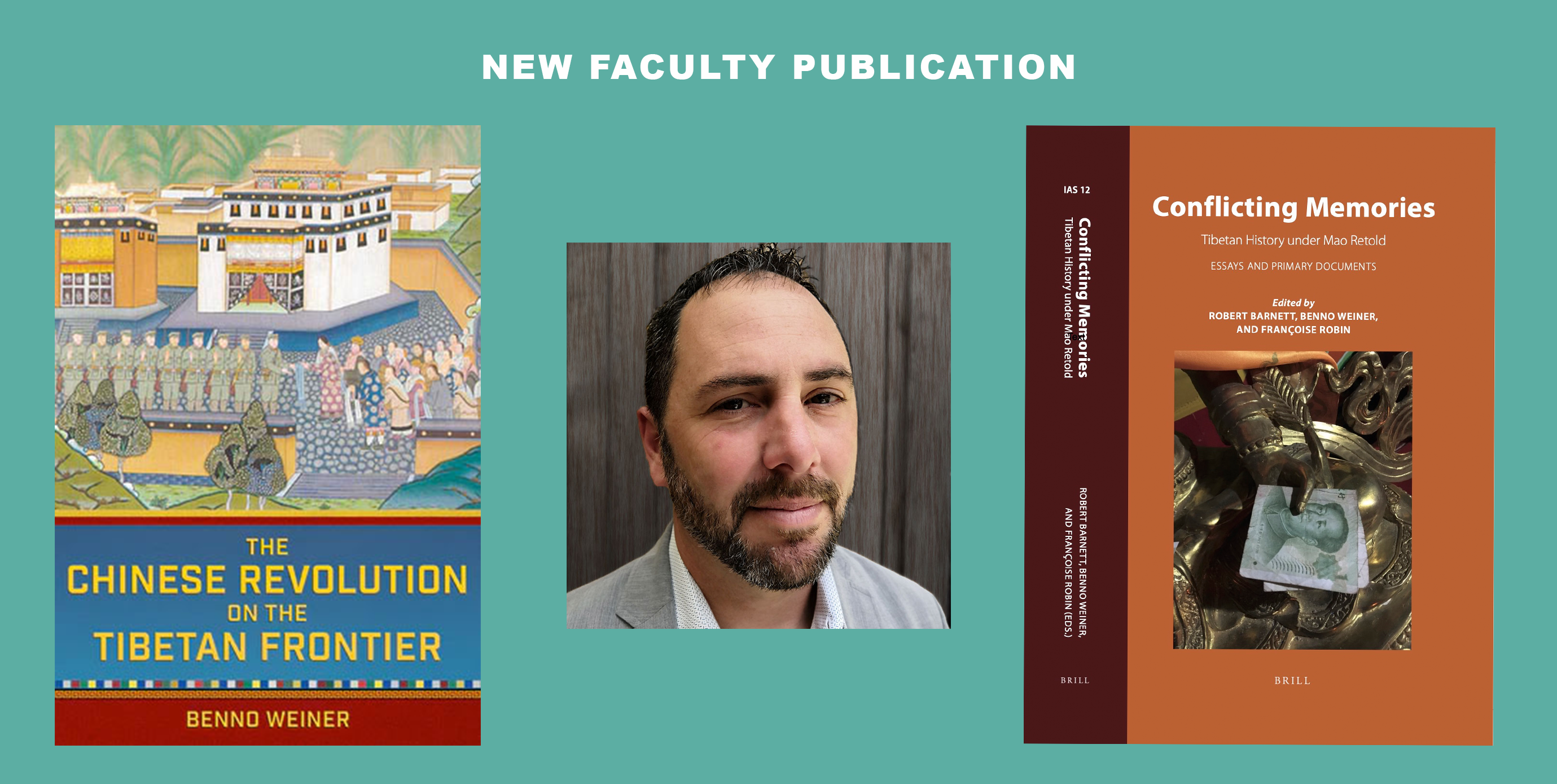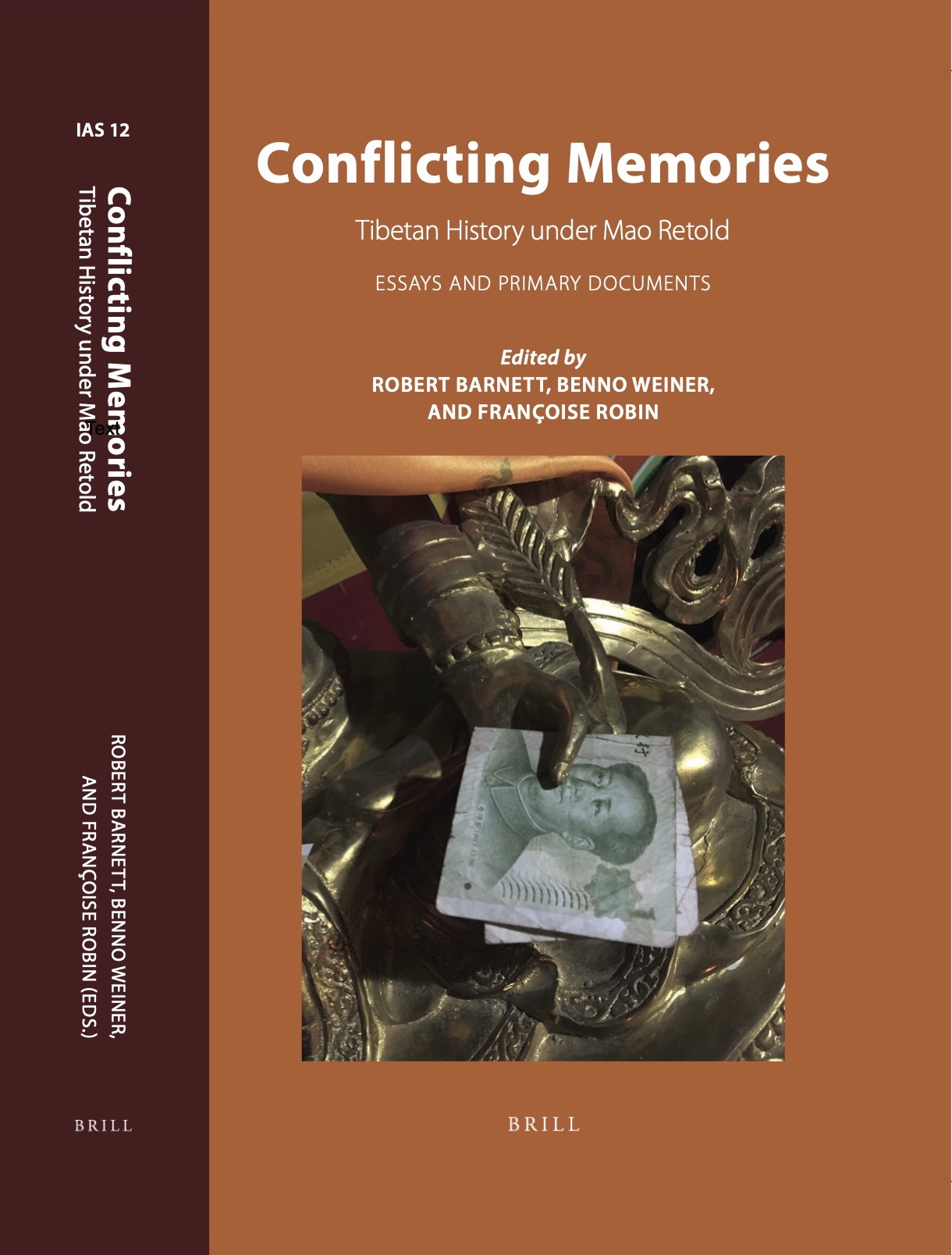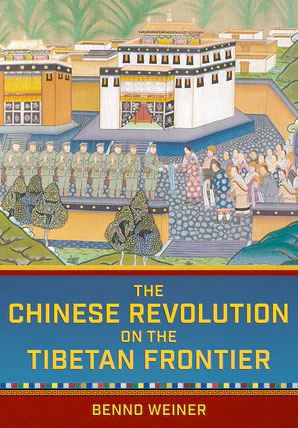
New Faculty Publication: The Chinese Revolution on the Tibetan Frontier by Professor Benno Weiner
 From Tibet to Xinjiang to Inner Mongolia and even to Hong Kong, China has problems on its peripheries. As Benno Weinerargues in his new book, The Chinese Revolution on the Tibetan Frontier (Cornell University Press 2020), and his co-edited volume, Conflicting Memories: Tibetan History under Mao Retold (with Barnett and Robin, Brill, 2020), this is intimately connected to the manner in which these regions and their inhabitants were first incorporated into the People’s Republic of China (PRC).
From Tibet to Xinjiang to Inner Mongolia and even to Hong Kong, China has problems on its peripheries. As Benno Weinerargues in his new book, The Chinese Revolution on the Tibetan Frontier (Cornell University Press 2020), and his co-edited volume, Conflicting Memories: Tibetan History under Mao Retold (with Barnett and Robin, Brill, 2020), this is intimately connected to the manner in which these regions and their inhabitants were first incorporated into the People’s Republic of China (PRC).
Weiner, associate professor in the History Department, explains that “modern China cannot be understood withoutexamining its ethnocultural borderlands—lands that make up roughly sixty percent of the territory of the PRC—and the people who live in them, any more than US history can be understood without taking into account its own borderlands and the experiences of its so-called ‘minority’ communities”(WEAI Interview, 2020). Focusing on the Amdo region on the Sino-Tibetan borderlands and using previously unavailable archives and rare primary sources that he collected in western China and Tibet, Weiner shows that the Communist Party’s goal during the first decade of the PRC was not just to build a state but to create a nation. Weiner acknowledges that he “was surprised to discover that Party leaders initially understood this challenge. They realized that nation building could not be achieved through force alone. Instead, it required the construction of narratives and policies that would be capable of convincing Amdo Tibetans of their membership in a wider political community” (WEAI Interview, 2020).
 In The Chinese Revolution on the Tibetan Frontier, he demonstrates that policies meant to gradually and voluntarily persuade Tibetans that they were members of a wider political community lost out to a revolutionary impatience that demanded a more immediate and coercive route to national unity and socialist utopia. The attempt to rush Tibetans and others into communes triggered a massive rebellion in 1958, which was brutally put down. Tens of thousands were arrested and many thousands were killed. Rather than a voluntary union, Tibet was incorporated into China through widespread and often indiscriminate use of state violence. In its aftermath, Weiner argues, the Communist Party has been unable to erase the memory of the violence that accompanied Amdo’s integration and the decades of state repression that followed, nor articulate a narrative that effectively explains to Tibetans their stake as minorities in the Chinese nation. “Six decades later, history confirms that Party leaders had been correct about one thing: while ethnocultural violence can be an effective tool of state making, rarely is it a successful means of nation building” (The Page 99 Test).
In The Chinese Revolution on the Tibetan Frontier, he demonstrates that policies meant to gradually and voluntarily persuade Tibetans that they were members of a wider political community lost out to a revolutionary impatience that demanded a more immediate and coercive route to national unity and socialist utopia. The attempt to rush Tibetans and others into communes triggered a massive rebellion in 1958, which was brutally put down. Tens of thousands were arrested and many thousands were killed. Rather than a voluntary union, Tibet was incorporated into China through widespread and often indiscriminate use of state violence. In its aftermath, Weiner argues, the Communist Party has been unable to erase the memory of the violence that accompanied Amdo’s integration and the decades of state repression that followed, nor articulate a narrative that effectively explains to Tibetans their stake as minorities in the Chinese nation. “Six decades later, history confirms that Party leaders had been correct about one thing: while ethnocultural violence can be an effective tool of state making, rarely is it a successful means of nation building” (The Page 99 Test).
Conflicting Memories: Tibetan History under Mao Retold is a collection of essays and primary sources that explore how the early encounter between Tibetans and the Maoist state have been recalled and reimagined in China’s post-Mao period (1976-present) and considers how these retellings contest the Chinese state’s attempt to monopolize memory of the recent past.